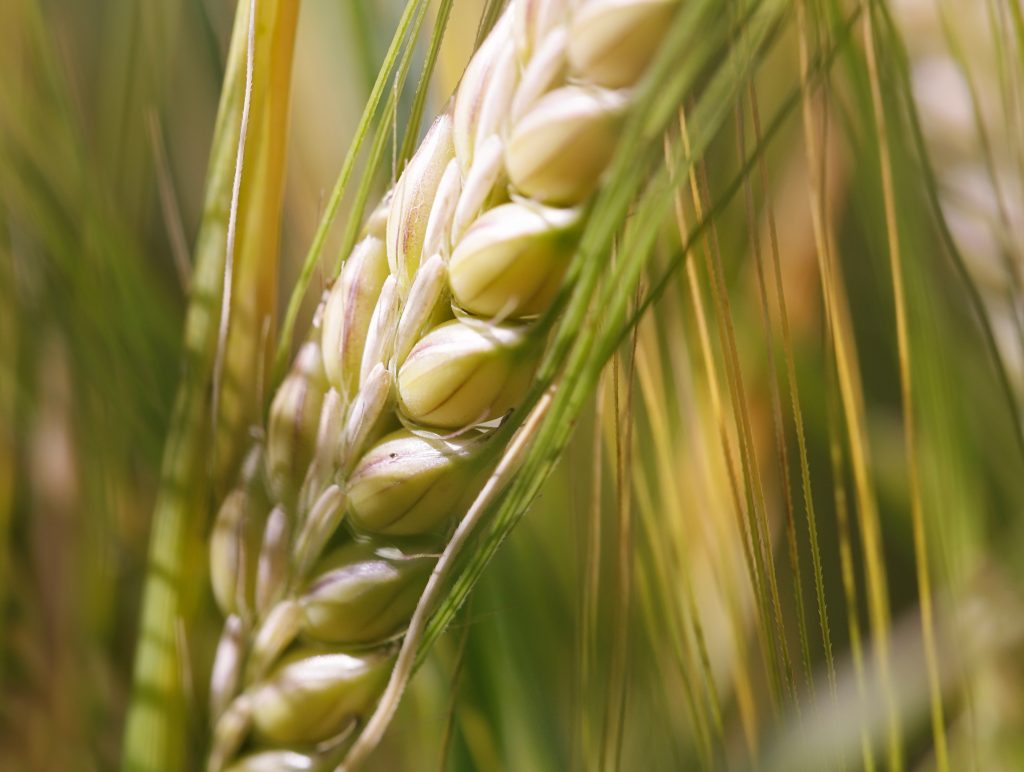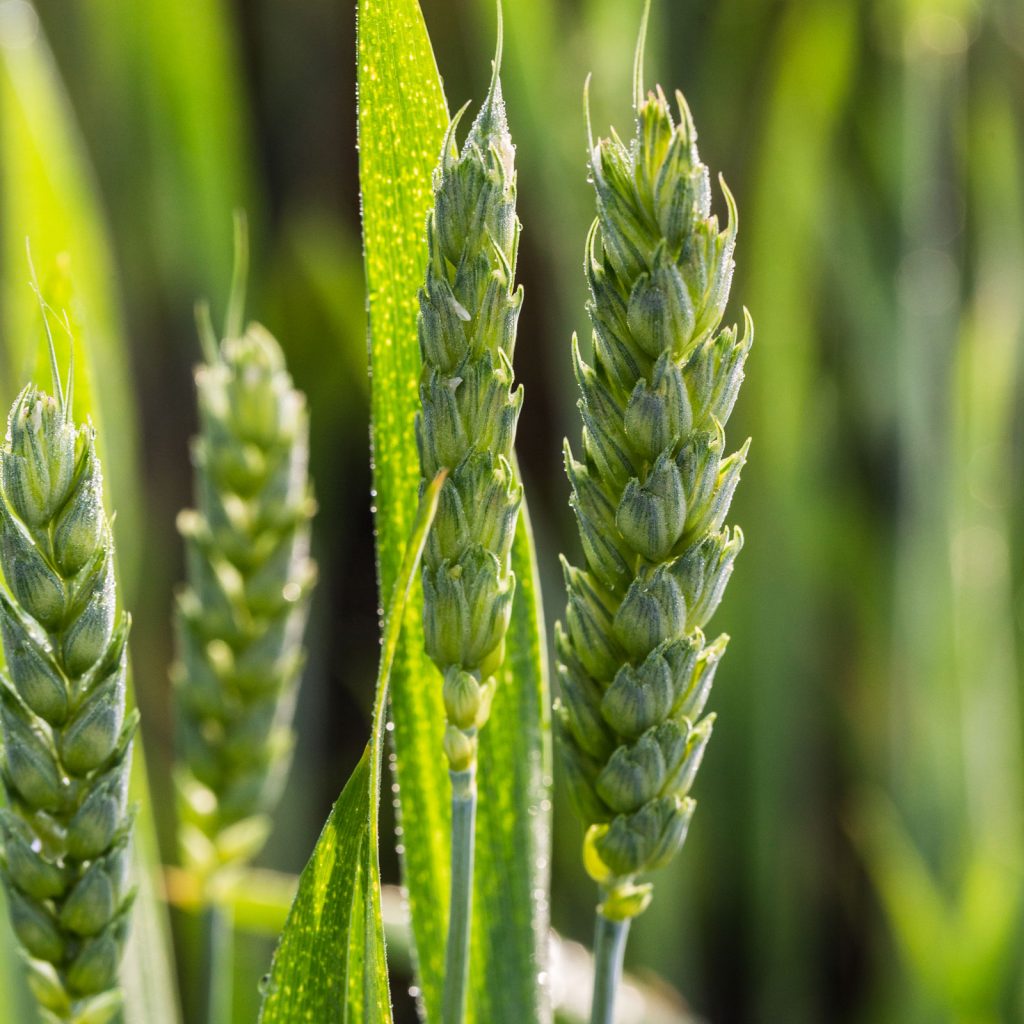
The many species of wheat make up the genus Triticum, part of the Poaceae or Gramineae family, which includes other cereals such as corn, barley, rice and rye. Cereals are grasses cultivated for the edible components of their grain (botanically, a type of fruit called a caryopsis), which, when ground, forms the basis of our diet.

Soft wheat or Triticum Aestivum, which is used to produce flour, grown mainly in warm and temperate regions. Their grains, when broken, show a difference in texture between the harder edge and the starchier centre. Their content in starch, fat, iron, phosphorus and vitamin B is higher than in durum wheat.
find out more
Durum wheat or Triticum Durum, mainly used to produce wheat semolina and then pasta in Europe, is grown in drier areas. The appearance of the interior of the grain when it is broken is crystalline and uniform. It features a higher proportion of protein, water and calcium than soft wheat.
find out moreSoft wheat can grow in most parts of the world, except in tropical areas. The flowering plant produces spikes, and their seeds are called kernels or grains. Depending on the cultivar or agricultural variety, the shape of the grain, its starch and protein content vary as can its color.
The wheat spikes or ears attached to the plant, as found in nature, cannot be ground by the mills, but need reaping, threshing, gathering and winnowing, which the modern combine harvester is able to do in a single process. Once this is done, the grain is ready to enter the mill, where it will be checked and cleaned several times before being ground.
The soft wheat grain has different layers, each with a different composition.

The bran, which makes up about 14.5% of the wheat grain, is in turn made up of 7 superimposed layers. It is very rich in fiber, especially cellulose and lignin. The content of phosphorus, potassium and magnesium is also higher in the bran. Most antioxidants of the wheat grain are associated with the bran.
The aleurone layer is the outermost layer of the endosperm and is about 7%-8% of the grain; it is often separated from the endosperm during the milling process. It is a very rich source of vitamins.
83% of the grain consists of the starchy endosperm. It contains the greatest share of protein, carbohydrates and iron, as well as the major B vitamins, such as riboflavin, niacin and thiamine. It is also a source of soluble fiber.
The germ is the embryo of the seed and makes up about 2%-3% of the grain. It is rich in nutrients such vitamin E, folate, vitamin B (Niacin, Thiamine, and B6), as well as potassium, magnesium, phosphorus, iron, calcium, zinc and selenium. Wheat germ is also an excellent source of unsaturated and polyunsaturated fats (omega 3 and omega 6).

Durum wheat is the hardest of the various classes of wheat—the word durum comes from Latin, meaning “hard”. It also has a slightly golden hue which it imbues to anything made from it.
Durum wheat grain is predominantly used to make pasta in large industrial plants. The hard grain is ideal for milling into semolina which in turn is mixed into a stiff dough under vacuum and then extruded through dies under high pressure to form pasta of various shapes. The pasta is usually dried under closely controlled conditions before packaging. Pasta is a relatively simple food in that it is composed of few ingredients, principally wheat semolina. As a consequence, pasta quality is largely determined by the grain quality.
Durum wheat is dense and high in protein and gluten. That is why it is ideal for making semolina for pasta. It is also used in bread.
But it is important to get out the specks – to separate the bran from the semolina – and this takes a special process.